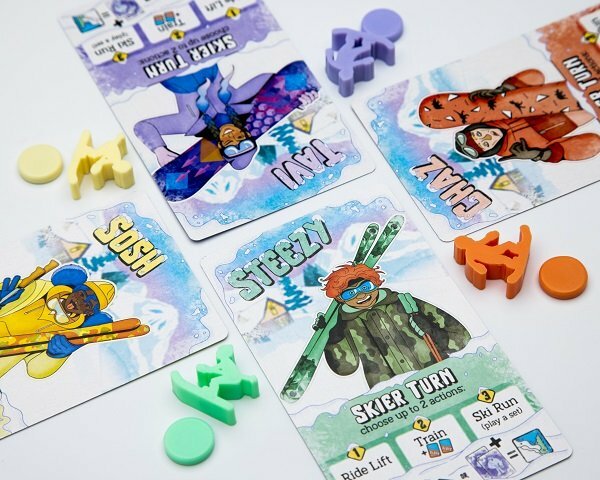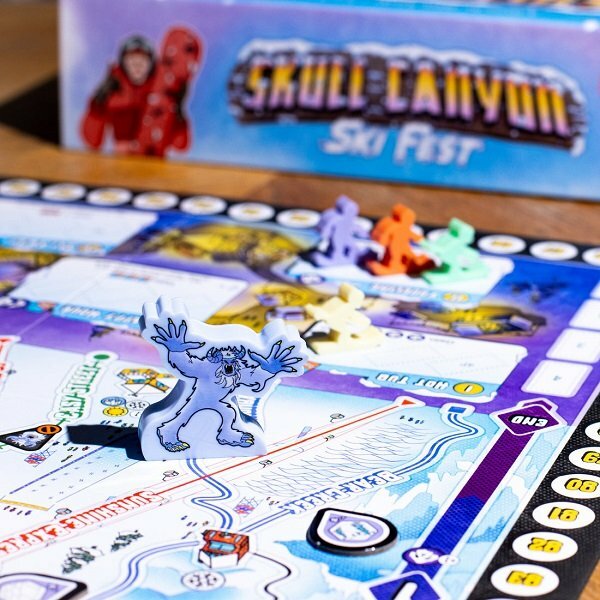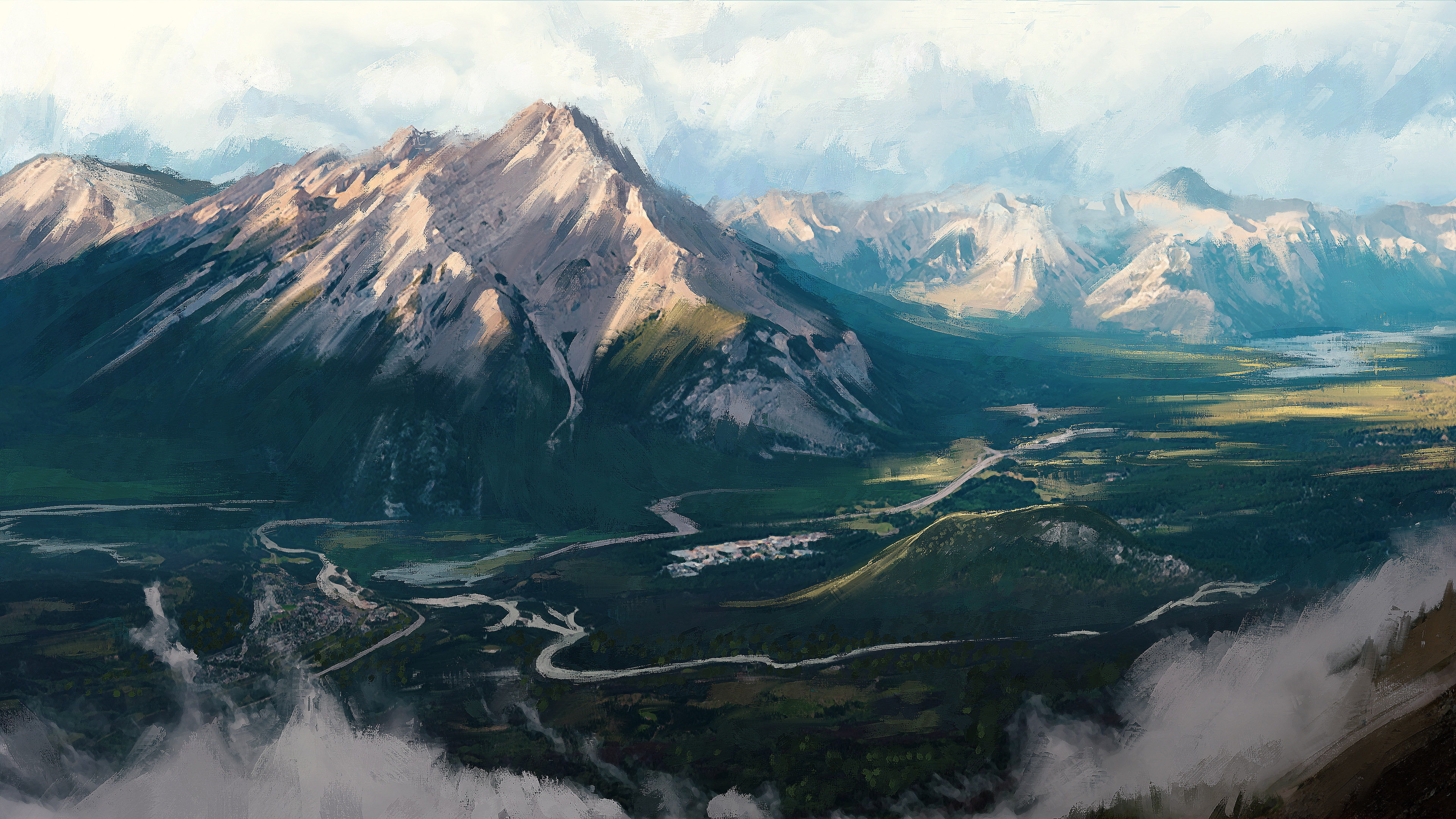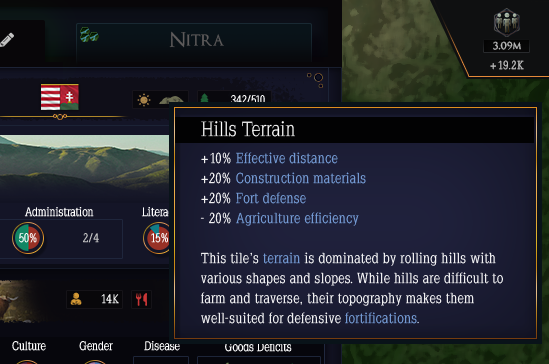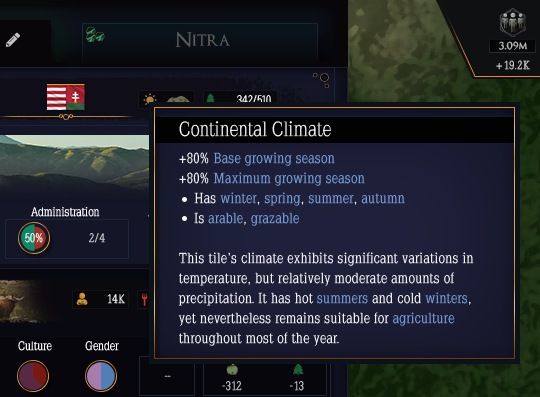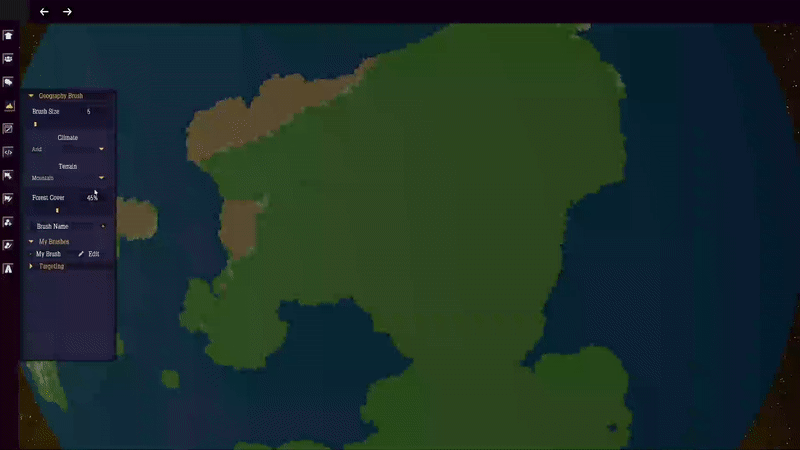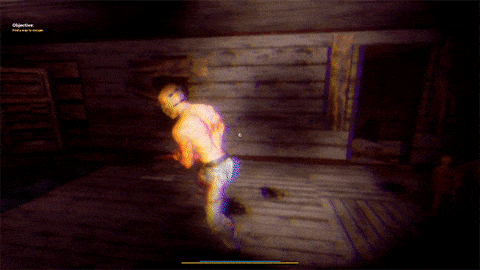
Mar 12, 2022
Tadpole Tales - pinnicalgames
Happy 1 year anniversary everyone! What a blast it has been, we wanted to take this opportunity to thank everyone for all the support and warmth we have been receiving from this little game. To be absolutely honest, when we made it, we didn't really know what we were doing and so we were very surprised that so many people enjoyed it!
As a year has passed, we haven't been just sitting around but actually, we have been working on something that we think is pretty special!
The project is still in very early preproduction, with limitless possibilities! And we'd like you to take part in this as if we are building the game together!
Check this out!
As a year has passed, we haven't been just sitting around but actually, we have been working on something that we think is pretty special!
The project is still in very early preproduction, with limitless possibilities! And we'd like you to take part in this as if we are building the game together!
Check this out!







